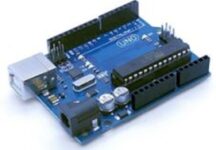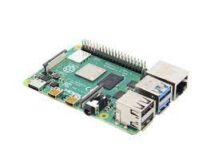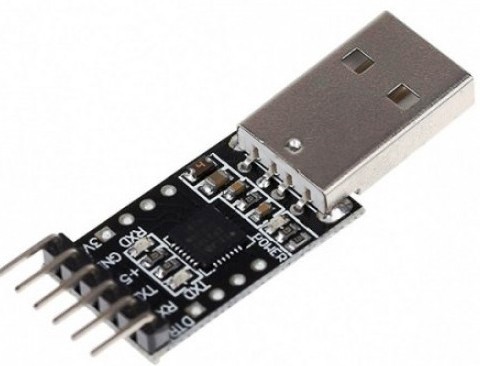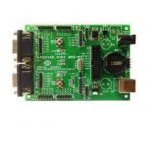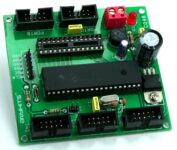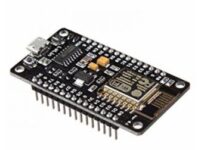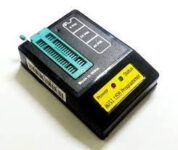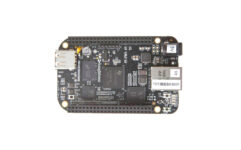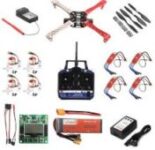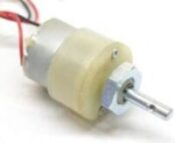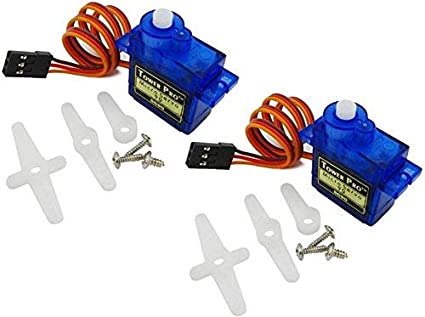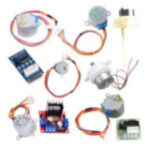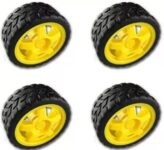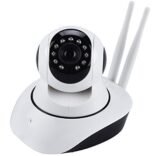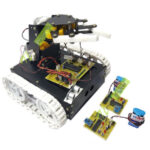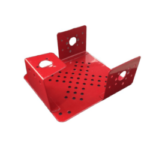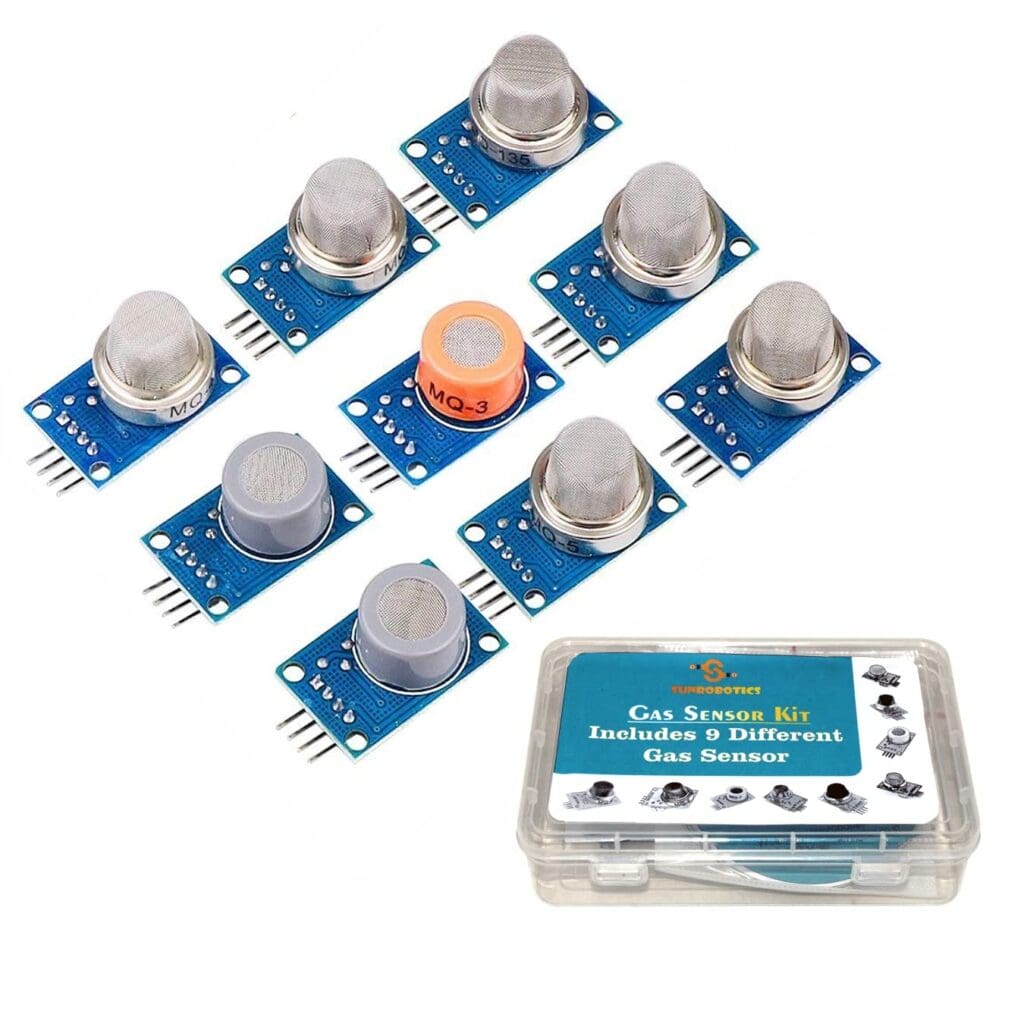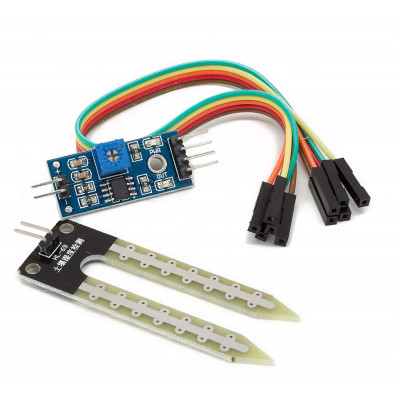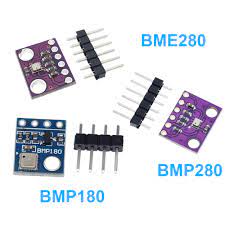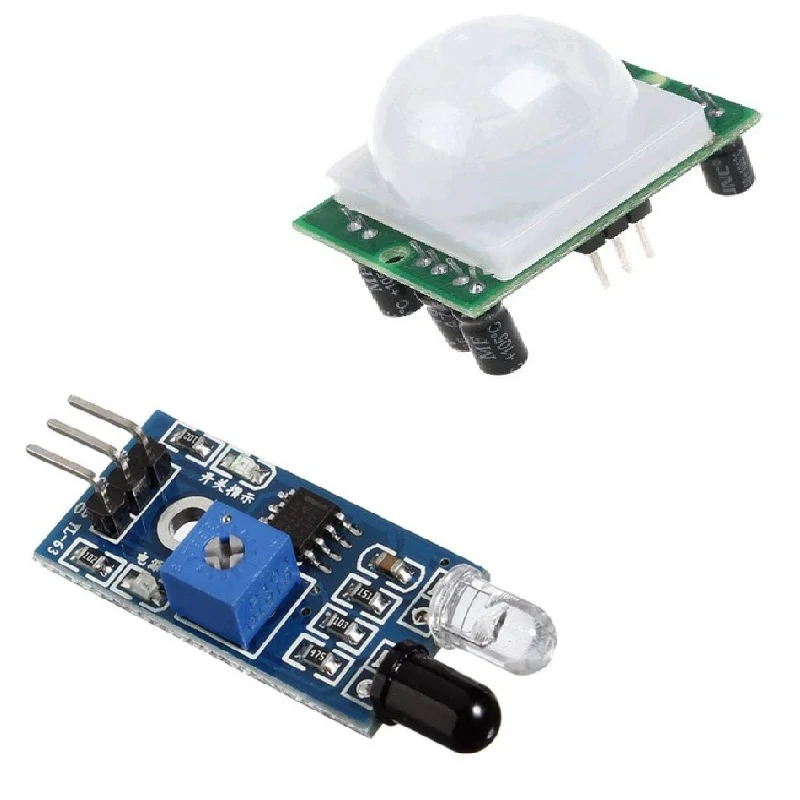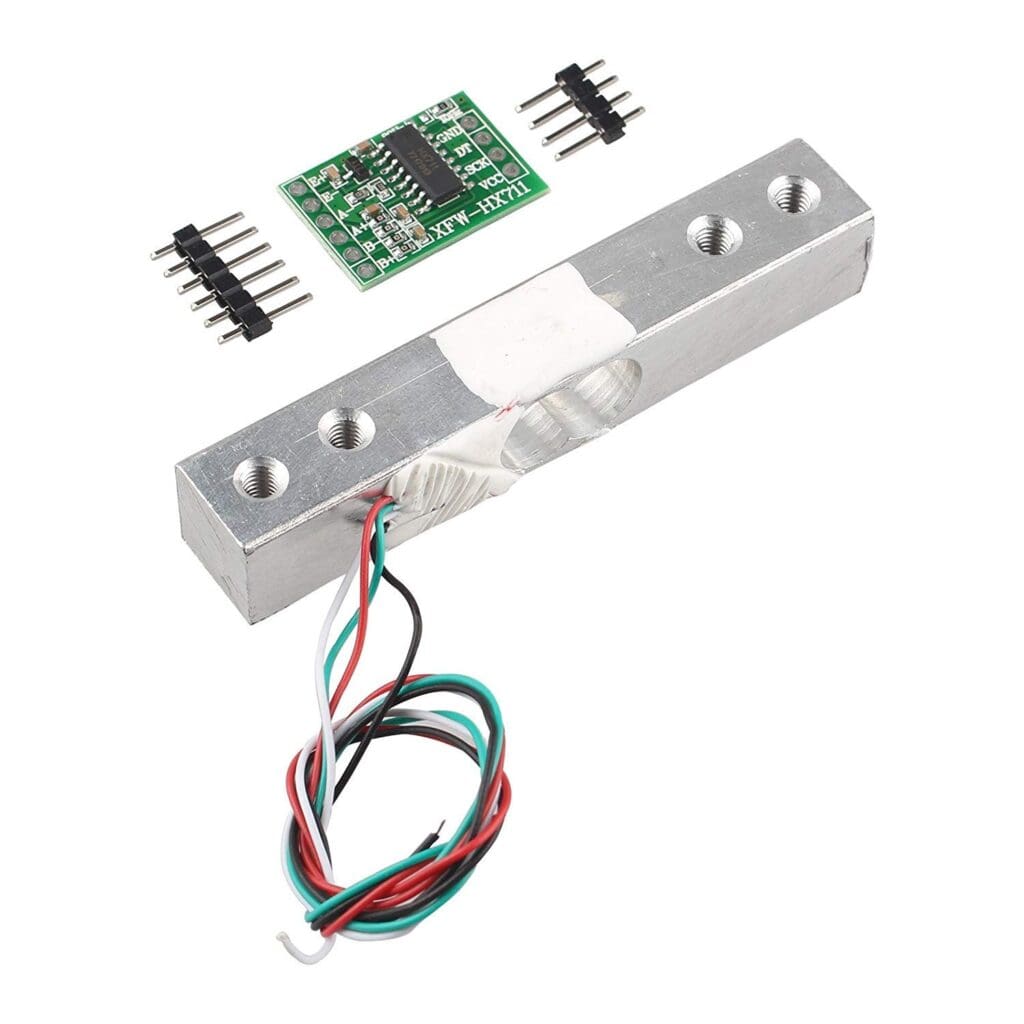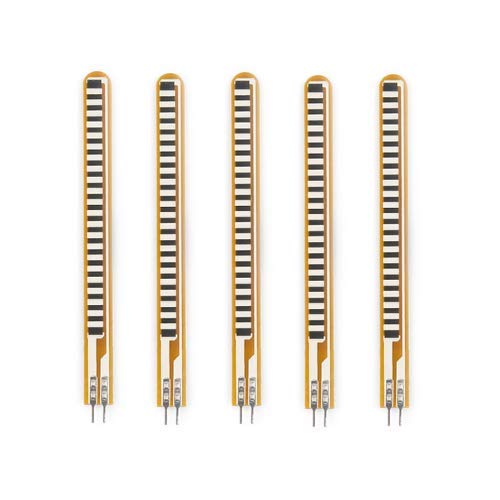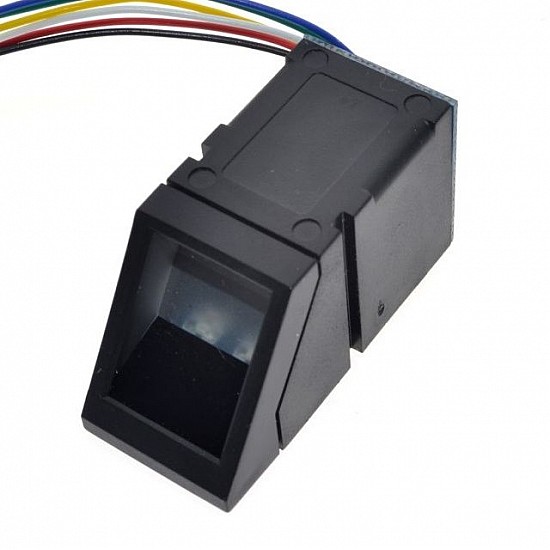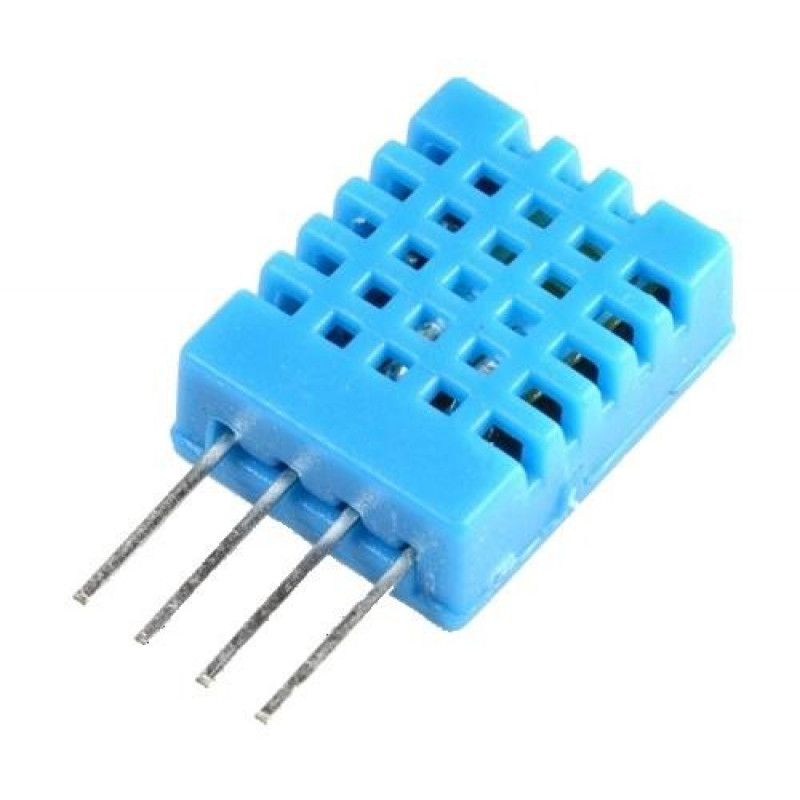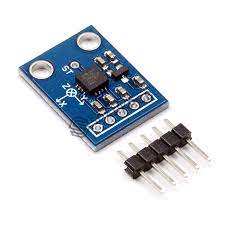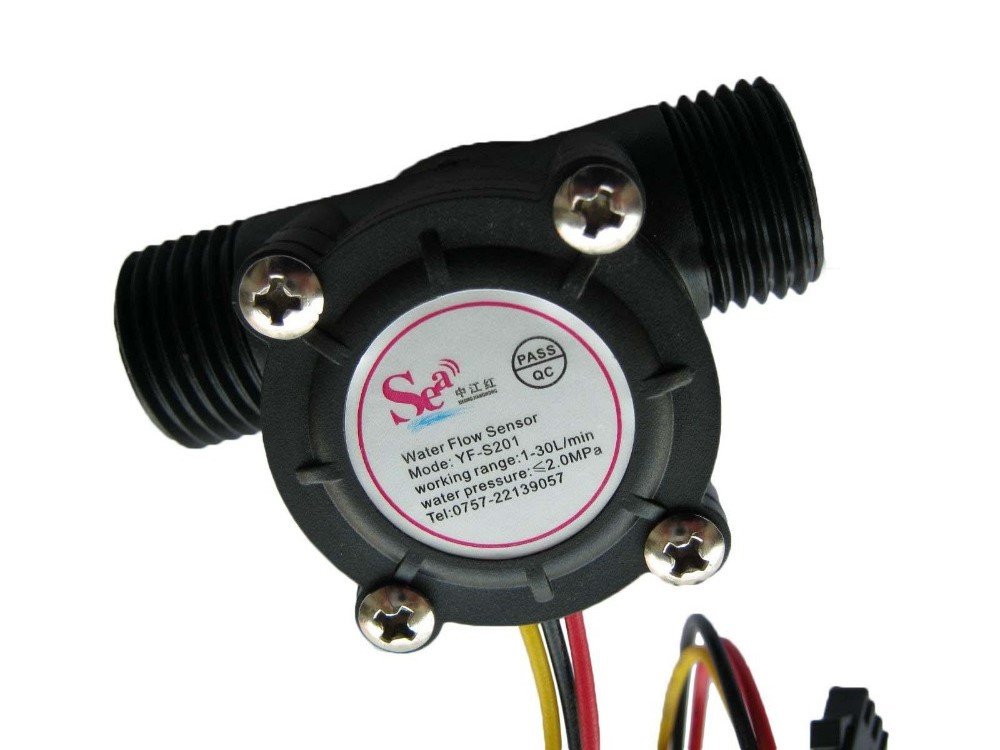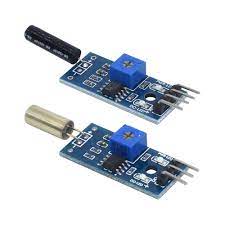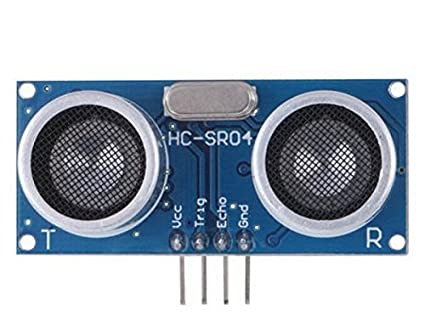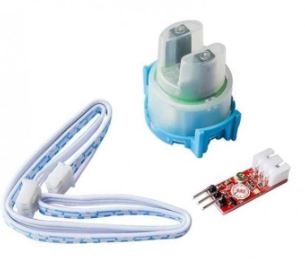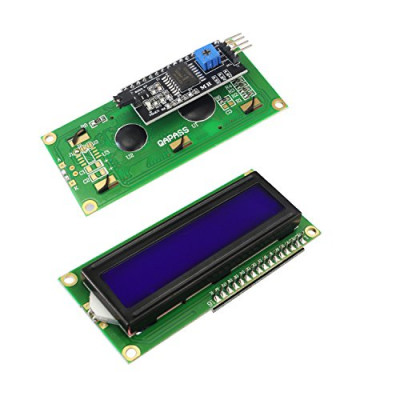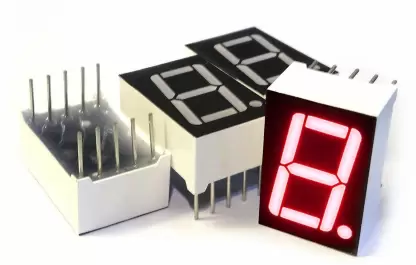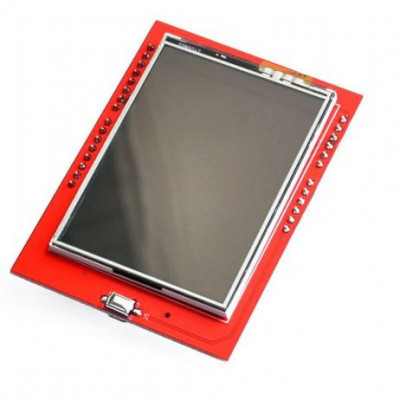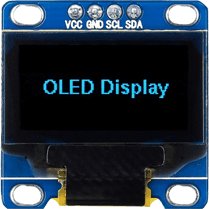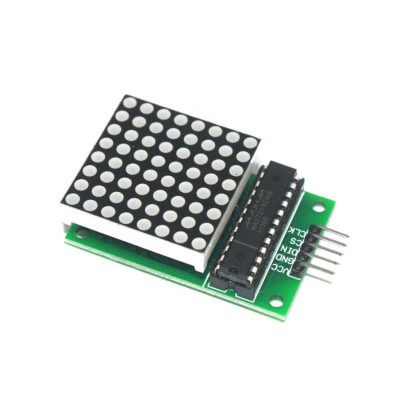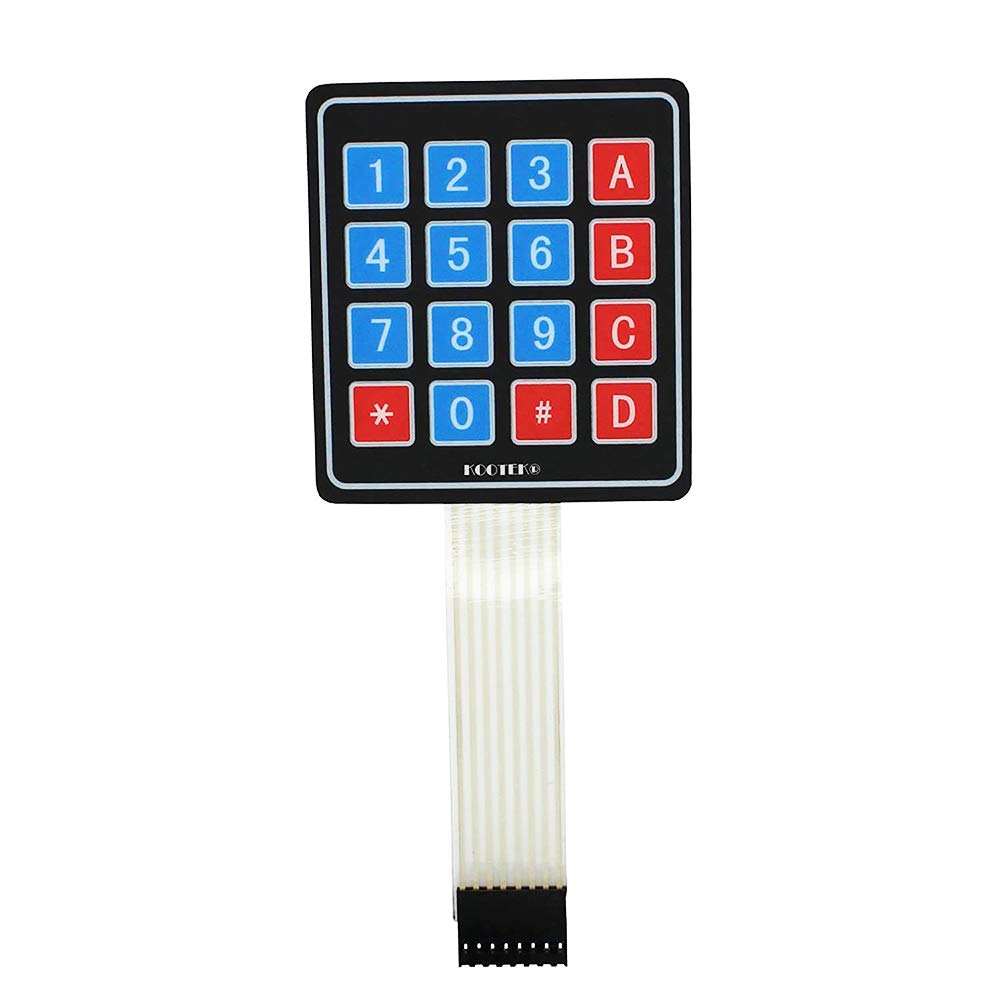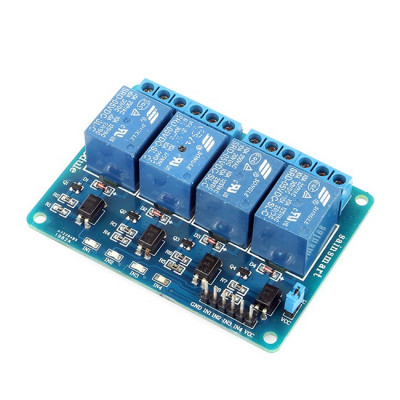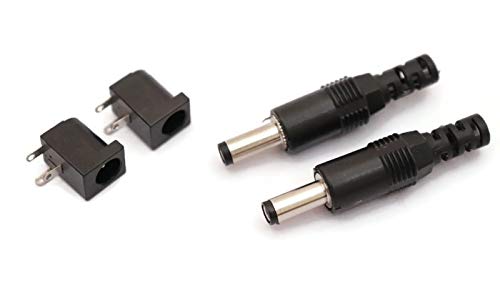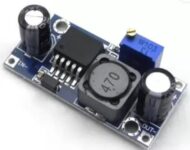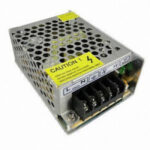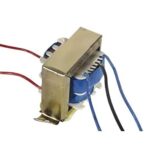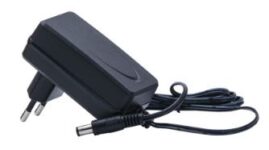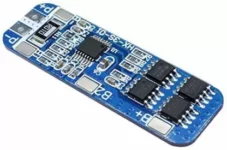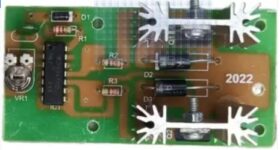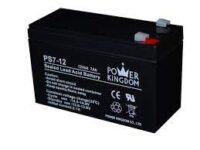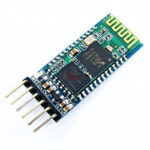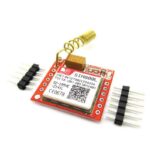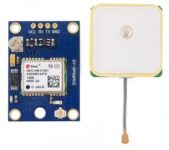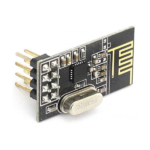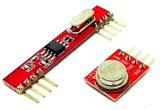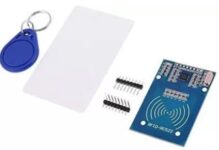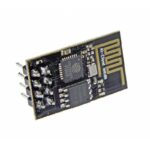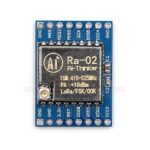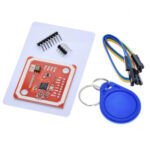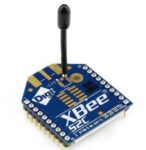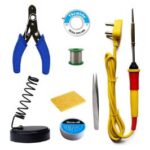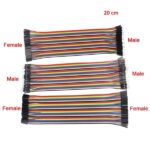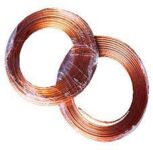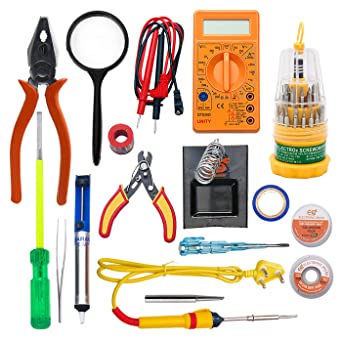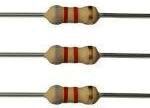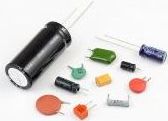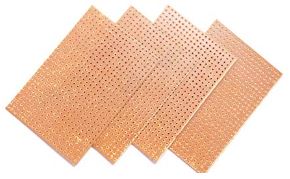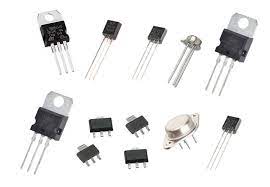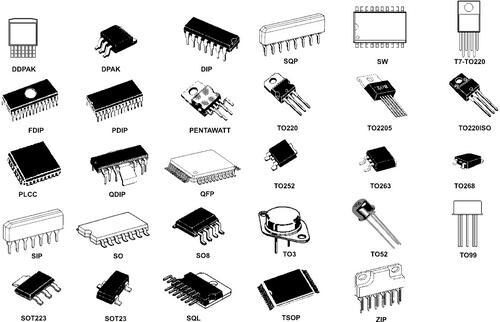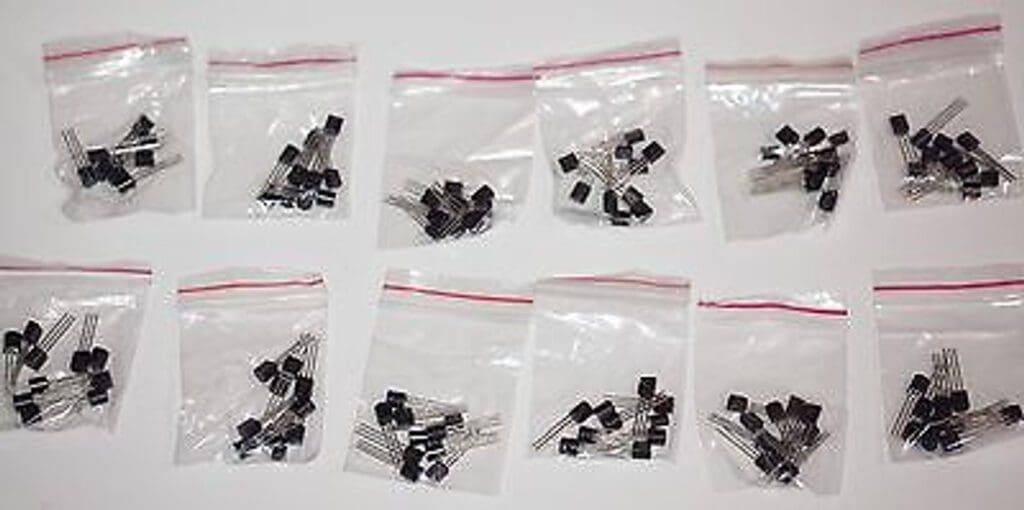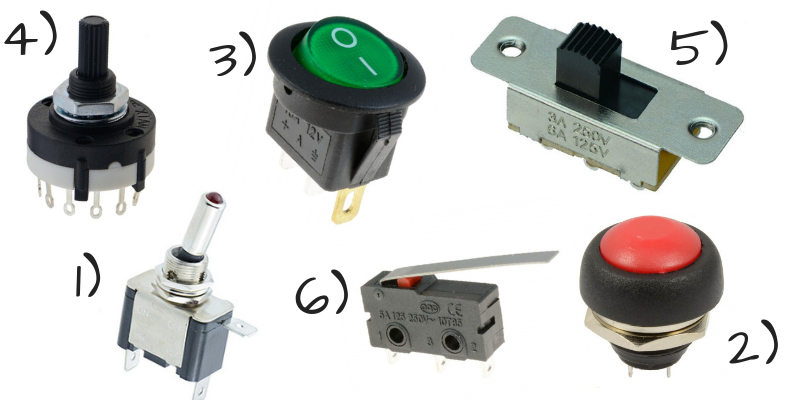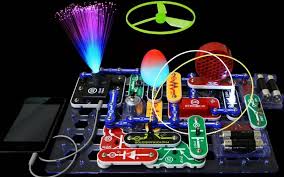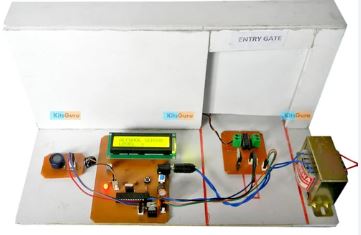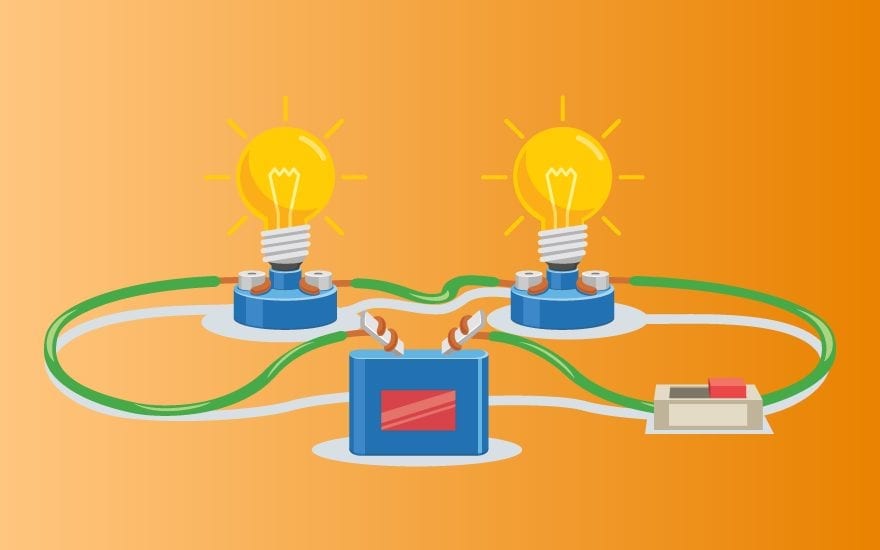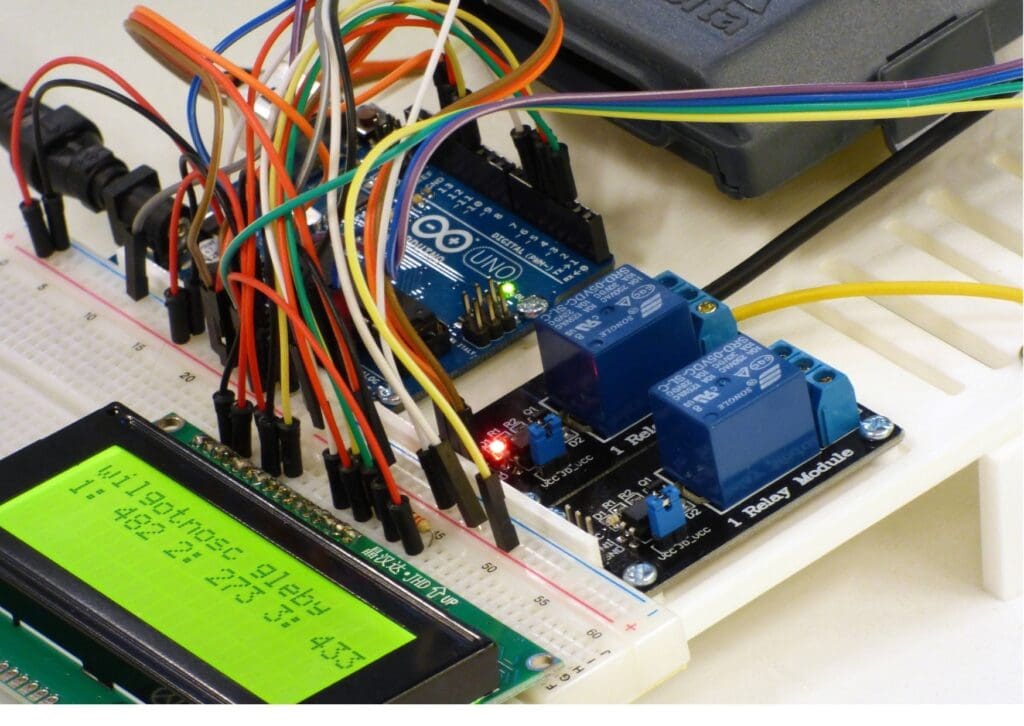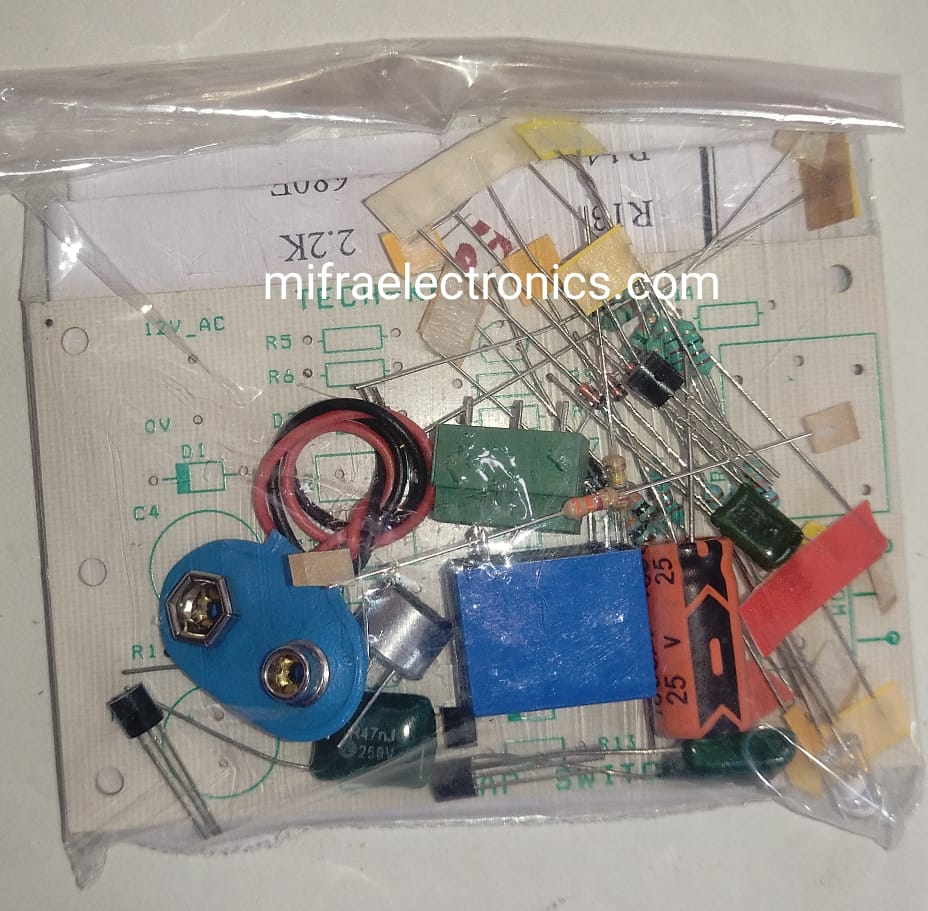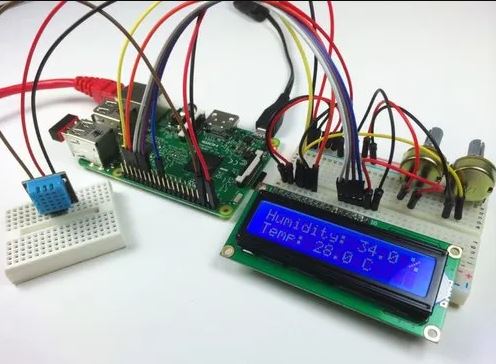Solar Tracking System Using Arduino Project
Introduction:
A solar tracking system represents an advanced approach to enhancing the efficiency of solar energy generation. Unlike stationary solar panels, which remain fixed in position, solar tracking systems dynamically adjust the orientation of panels or mirrors to align with the sun’s movement across the sky. By continuously tracking the sun’s path, these systems optimize sunlight exposure, resulting in maximum energy production. Categorized as single-axis or dual-axis trackers, they employ sensors, motors, and control algorithms for precise panel positioning. Consequently, solar tracking technology significantly boosts energy yields, particularly beneficial for large-scale solar installations seeking to optimize output and efficiency.
Implementing a solar tracking system requires careful consideration of various factors. Single-axis trackers rotate panels along one axis, while dual-axis trackers provide greater precision by adjusting along two axes. Decisions regarding deployment hinge on site-specific conditions, budget constraints, and energy production objectives. Despite offering substantial benefits, including increased energy output and system performance, solar tracking systems entail higher upfront costs and complexity in installation and maintenance. Therefore, developers must assess the potential gains against the associated expenses and operational challenges to determine the suitability of solar tracking technology for their specific needs.
-

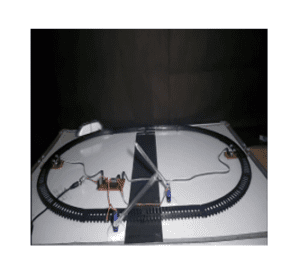 Rated 0 out of 5Sale!Add to cart
Rated 0 out of 5Sale!Add to cart₹4,000.00Original price was: ₹4,000.00.₹3,499.00Current price is: ₹3,499.00. -

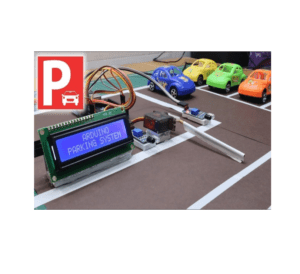 Rated 0 out of 5Sale!Add to cart
Rated 0 out of 5Sale!Add to cart₹3,999.00Original price was: ₹3,999.00.₹3,499.00Current price is: ₹3,499.00.
Projects Categories:
Products Categories:
- Robotics
- Actuators
- Camera Modules
- Drone Kits
- Drone Components
- Chassis
- DC Motors
- Other Robotic accessories
- Pick and Place Modules
- Robotic Kit
- Servo Motors
- Stepper Motors
- Wheels
- Microcontrollers & Programmers
- 8051 Microcontroller
- Arduino Microcontroller
- ARM Development Board
- Interface Module
- NODMCU / ESP Modules
- PIC Microcontroller
- Raspberry Pi
- Devices and Actuators
- Display Modules
- Sensors & Module
- Power Supply / Batteries
- Wireless modules
- Electronic Components
- Wholesale Market
-

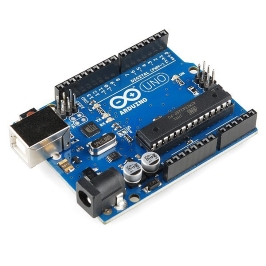 Rated 0 out of 5Sale!Add to cart
Rated 0 out of 5Sale!Add to cart₹1,250.00Original price was: ₹1,250.00.₹628.00Current price is: ₹628.00. -

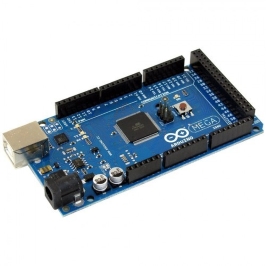 Rated 0 out of 5Sale!Add to cart
Rated 0 out of 5Sale!Add to cart₹1,499.00Original price was: ₹1,499.00.₹1,298.00Current price is: ₹1,298.00. -

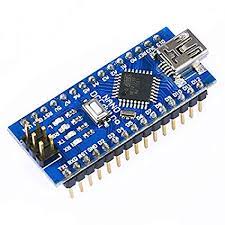 Rated 0 out of 5Sale!Add to cart
Rated 0 out of 5Sale!Add to cart₹580.00Original price was: ₹580.00.₹339.00Current price is: ₹339.00. -

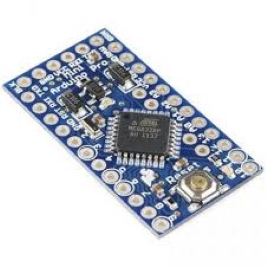 Rated 0 out of 5Sale!Add to cart
Rated 0 out of 5Sale!Add to cart₹499.00Original price was: ₹499.00.₹294.00Current price is: ₹294.00. -

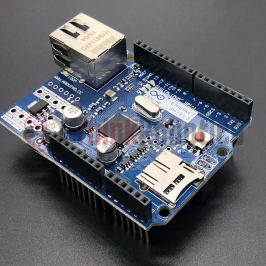 Rated 0 out of 5Out of stockView More
Rated 0 out of 5Out of stockView More₹1,490.00Original price was: ₹1,490.00.₹1,350.00Current price is: ₹1,350.00.
Description of Solar Tracking System Using Arduino Project
A Solar Tracking System is a sophisticated technology employed to optimize the efficiency of solar panels by ensuring they consistently align with the sun’s position throughout the day. This alignment is crucial as it allows solar panels to capture the maximum amount of sunlight, thereby enhancing energy production. By adjusting the direction that a solar panel faces according to the movement of the sun, solar trackers facilitate the panels being perpendicular to the sun’s rays, which results in more sunlight hitting them.
This method minimizes light reflection, ensuring a greater amount of solar energy is trapped. It’s important to note that the narrower the angle of incidence—the angle between the incoming sunlight and the surface of the solar panel—the higher the energy a solar photovoltaic (PV) panel can generate. Therefore, the continuous adjustment provided by solar tracking systems significantly improves energy output compared to fixed solar panels.
Design and Functionality:
In a Solar Tracking System project, various components and materials are integral to its design and functionality. These include solar panels, which are the primary elements for capturing solar energy, along with light sensors (commonly LDR sensors) that detect the intensity of sunlight. A microcontroller, such as the Arduino Nano, serves as the brain of the system, processing data from the sensors and controlling the operation of motors.
Motor drivers and motors, like the SG90 servo motor, are responsible for adjusting the orientation of the solar panels based on the input received from the microcontroller. A mounting structure provides support and stability for the solar panels, ensuring they are securely positioned for optimal sun tracking. Additionally, a lithium-ion battery may be incorporated to store excess energy generated by the solar panels, enabling continuous operation even during periods of low sunlight or at night. Other components such as L-clamps, dummy wheels, and wiring with connectors are essential for the mechanical assembly and electrical connections within the system.
Circuit Design and Connections:
The project’s circuit design involves creating a comprehensive diagram illustrating the connections between the microcontroller, sensors, motor drivers, and motors. Details about voltage levels, pin configurations, and any additional circuits required for power regulation or protection should be included. Software development for the solar tracking system entails interfacing with the light sensors to detect the sun’s position, implementing algorithms to calculate optimal panel angles, controlling motors to adjust panel orientation, and possibly incorporating user interface elements for manual controls or monitoring. Mechanical design considerations encompass how the solar panels will be attached to the motors and how the system will move to follow the sun, taking into account the range of motion and any limitations.
Testing and calibration procedures
involve verifying the system’s ability to accurately track the sun’s path and fine-tuning software algorithms for optimal performance. Performance evaluation includes measuring the increase in energy production compared to fixed solar panels and assessing the system’s adaptability to changing weather conditions. Finally, the project concludes with a summary of outcomes, benefits, challenges faced, and potential areas for improvement. Suggestions for future enhancements may include integrating weather prediction data, remote monitoring and control capabilities, or leveraging machine learning algorithms to further optimize tracking efficiency. Building a solar tracking system requires meticulous planning, thorough research, and iterative refinement to achieve optimal results in terms of energy production efficiency and system performance.
Components Requirement and Functionality
Components Required
- Solar panels
- Light sensors (LDR sensors)
- Microcontroller (Arduino nano)
- Motor drivers
- Motors (sg90 servo motor)
- Mounting structure for solar panels
- Li-on battery
- L-Clamp, Dummy Wheel
- Wiring and connectors.
Certainly, here is a detailed description of each component of the Bank Security Alarm System:
Solar Panels:
- Solar Panels: Solar panels are photovoltaic modules composed of multiple solar cells that convert sunlight into electricity. They are the primary component responsible for capturing solar energy. In a solar tracking system, the panels are mounted on a structure and oriented to follow the sun’s movement throughout the day, maximizing sunlight exposure.
Light Sensors (LDR Sensors):
- Light Sensors (LDR Sensors): Light Dependent Resistors (LDRs), also known as photoresistors, are sensors that change resistance based on the intensity of light they are exposed to. In a solar tracking system, LDR sensors are used to detect the sun’s position relative to the panels. By measuring the light intensity, the system can determine the optimal angle for the panels to face towards the sun.
Microcontroller (Arduino Nano):
- Microcontroller (Arduino Nano): The Arduino Nano is a small, programmable microcontroller board based on the ATmega328P chip. It serves as the brain of the solar tracking system, executing control algorithms and coordinating the operation of other components. The microcontroller receives input from the light sensors, calculates the sun’s position, and controls the motors to adjust the orientation of the solar panels accordingly.
Motor Drivers:
- Motor Drivers: Motor drivers are electronic circuits or modules used to control the speed and direction of motors. In a solar tracking system, motor drivers receive signals from the microcontroller and provide the necessary power and voltage levels to operate the motors smoothly. They ensure precise movement and positioning of the solar panels based on the calculated sun tracking data.
Motors (SG90 Servo Motor):
- Motors (SG90 Servo Motor): SG90 servo motors are compact, low-cost motors commonly used in DIY projects and robotics. In a solar tracking system, servo motors are employed to adjust the orientation of the solar panels. They receive commands from the microcontroller and rotate the panels to track the sun’s movement. SG90 servo motors are known for their accuracy, reliability, and ease of control.
Mounting Structure for Solar Panels:
- Mounting Structure for Solar Panels: The mounting structure provides support and stability for the solar panels. It is typically made of durable materials such as aluminum or steel and designed to withstand outdoor conditions. The structure allows for the attachment of the solar panels and ensures they are securely positioned for optimal sun tracking.
Li-ion Battery:
- Li-ion Battery: A lithium-ion battery serves as the power source for the solar tracking system, especially when sunlight is unavailable (e.g., during nighttime or cloudy weather). The battery stores excess energy generated by the solar panels during the day and supplies power to the system when needed. It ensures continuous operation and can also be charged using solar energy.
L-Clamp, Dummy Wheel:
- L-Clamp, Dummy Wheel: L-Clamps and dummy wheels are mechanical components used in the assembly of the solar tracking system. L-Clamps are brackets or fasteners that secure the solar panels to the mounting structure, while dummy wheels provide additional support and stability for the panels’ rotational movement. These components ensure proper alignment and smooth operation of the tracking mechanism.
Wiring and Connectors:
- Wiring and Connectors: Wiring and connectors are used to establish electrical connections between the various components of the solar tracking system. They include cables, terminals, and connectors that link the solar panels, sensors, microcontroller, motor drivers, and batteries. Proper wiring and connections are essential for reliable operation and efficient power transmission within the system.
Working of Solar Tracking System Using Arduino Project:
The Solar Tracking System Using Arduino Project operates through a series of interconnected steps aimed at maximizing solar energy capture efficiency. Initially, light sensors, typically LDR sensors, gauge sunlight intensity near the solar panels. This data is then transmitted to the Arduino microcontroller for processing. Through sophisticated algorithms, the Arduino calculates the optimal panel orientation angle to ensure maximal sunlight exposure.
Upon completing calculations, the Arduino initiates the decision-making process, assessing whether panel adjustments are needed to track the sun accurately. If adjustments are necessary, the microcontroller sends control signals to motor drivers, activating servo motors attached to the panels. These motors reposition the panels horizontally or both horizontally and vertically, aligning them precisely with the sun’s position.
Continuously monitoring environmental conditions and solar radiation levels, the system dynamically adjusts panel orientation to maintain optimal alignment with the sun. Additionally, it may incorporate a lithium-ion battery to store excess energy generated during peak sunlight. This battery acts as a backup power source during low-light conditions, ensuring uninterrupted system operation. Through this intricate interplay of components, the Solar Tracking System Using Arduino Project optimizes solar energy capture, enhancing overall performance and energy production efficiency.
Conclusion:
In conclusion, the Solar Tracking System Using Arduino Project represents a significant advancement in optimizing solar energy capture and enhancing the efficiency of solar panel installations. By dynamically adjusting the orientation of solar panels to align with the sun’s position throughout the day, this project offers a practical solution to maximize energy production. Through meticulous design and integration of components such as light sensors, microcontrollers, motors, and mounting structures, the system demonstrates the potential to significantly increase energy yields compared to fixed solar panel setups. Furthermore, the project highlights the importance of continuous monitoring, testing, and calibration to ensure accurate sun tracking and optimal performance under varying environmental conditions.
Looking ahead, the Solar Tracking System project presents opportunities for further refinement and enhancement. Future iterations may explore integrating advanced technologies such as machine learning algorithms or artificial intelligence to optimize tracking efficiency and adaptability. Additionally, incorporating remote monitoring and control capabilities could enable real-time adjustments and provide valuable insights into system performance. Overall, the project underscores the importance of sustainable energy solutions and demonstrates the potential for innovative approaches to maximize solar energy utilization for a greener and more sustainable future.
Get Your Project: Click here
-

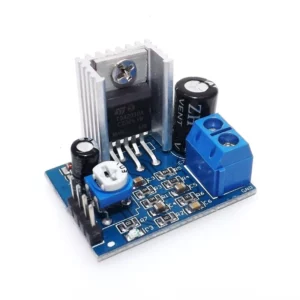 Rated 0 out of 5Sale!Add to cart
Rated 0 out of 5Sale!Add to cart₹150.00Original price was: ₹150.00.₹70.00Current price is: ₹70.00. -

 Rated 0 out of 5Sale!Add to cart
Rated 0 out of 5Sale!Add to cart₹1,199.00Original price was: ₹1,199.00.₹799.00Current price is: ₹799.00. -

 Rated 0 out of 5Sale!Add to cart
Rated 0 out of 5Sale!Add to cart₹2,899.00Original price was: ₹2,899.00.₹2,399.00Current price is: ₹2,399.00. -

 Rated 0 out of 5Sale!Add to cart
Rated 0 out of 5Sale!Add to cart₹3,500.00Original price was: ₹3,500.00.₹3,099.00Current price is: ₹3,099.00. -

 Rated 0 out of 5Sale!Add to cart
Rated 0 out of 5Sale!Add to cart₹1,599.00Original price was: ₹1,599.00.₹1,299.00Current price is: ₹1,299.00. -

 Rated 0 out of 5Sale!Add to cart
Rated 0 out of 5Sale!Add to cart₹3,899.00Original price was: ₹3,899.00.₹3,299.00Current price is: ₹3,299.00. -

 Rated 0 out of 5Sale!Add to cart
Rated 0 out of 5Sale!Add to cart₹1,999.00Original price was: ₹1,999.00.₹1,699.00Current price is: ₹1,699.00.
For additional blog content, to explore further insights and articles. Click here
433MHz RF Module Works &
Working 433MHz RF Module Works & Interfacing With Arduino Introduction Wireless communication has become an...
Read MoreVoice Recognition Technology
Voice Recognition Technology Introduction Voice recognition technology, a groundbreaking innovation in the realm of electronics,...
Read MoreHow to attach heat sink
How to attach heat sink to raspberry pi 4 INTRODUCTION Attaching a heat sink to...
Read MoreUnderstanding Integrated Circuit And Microchips
Understanding Integrated Circuit And Microchips Introduction Integrated circuits (ICs), often referred to as microchips, are...
Read More


